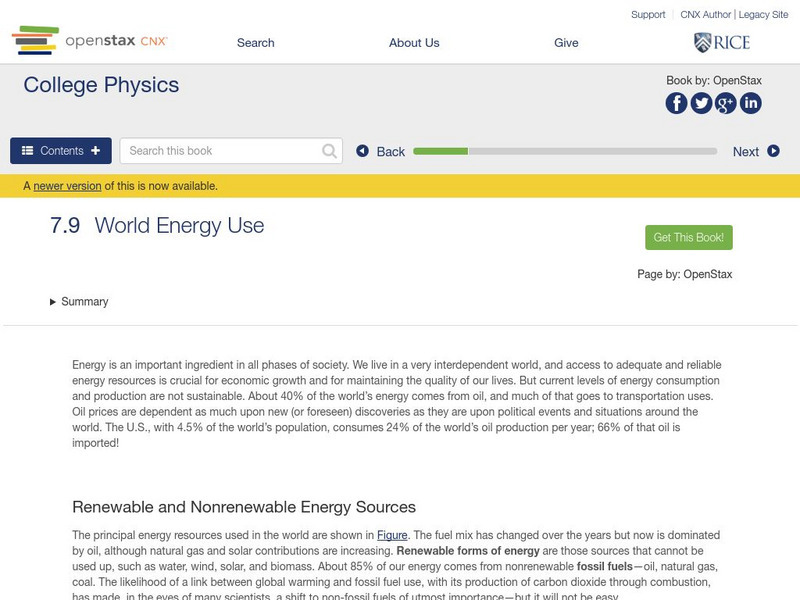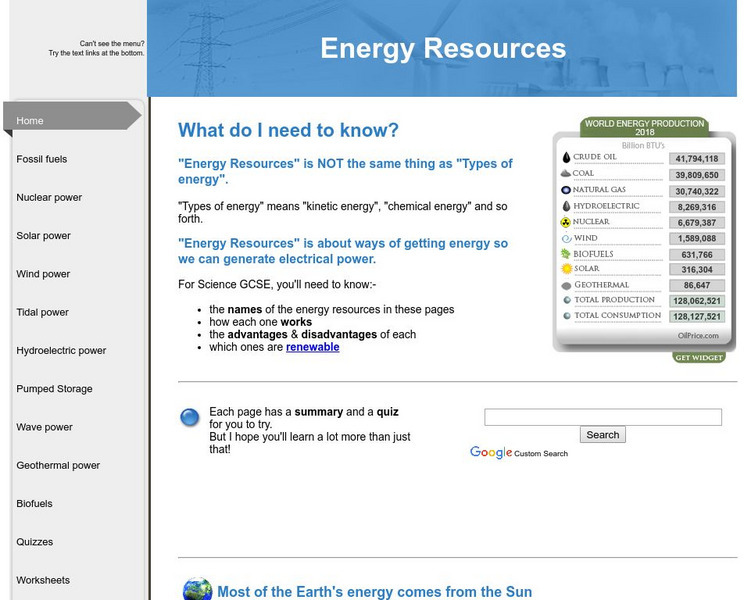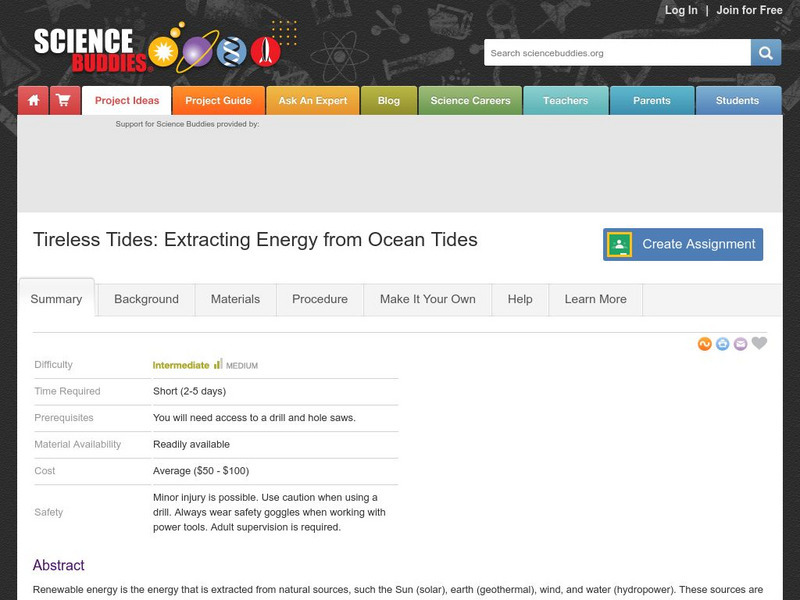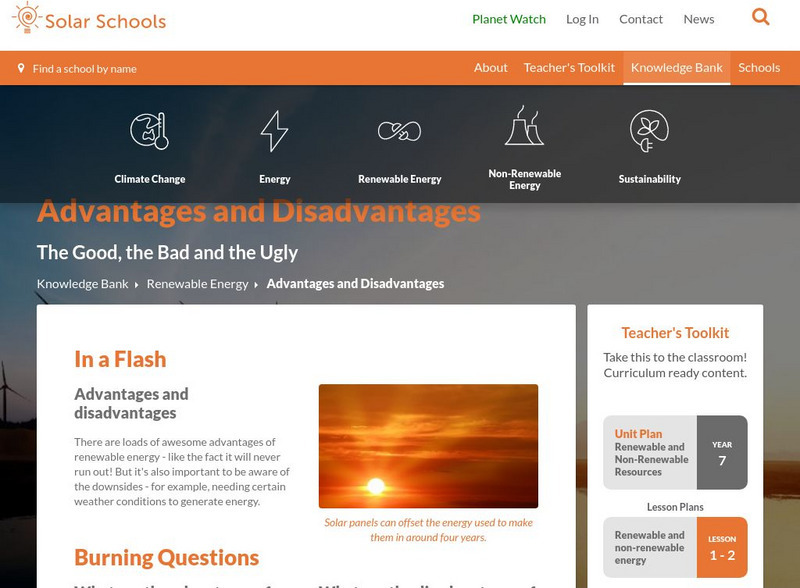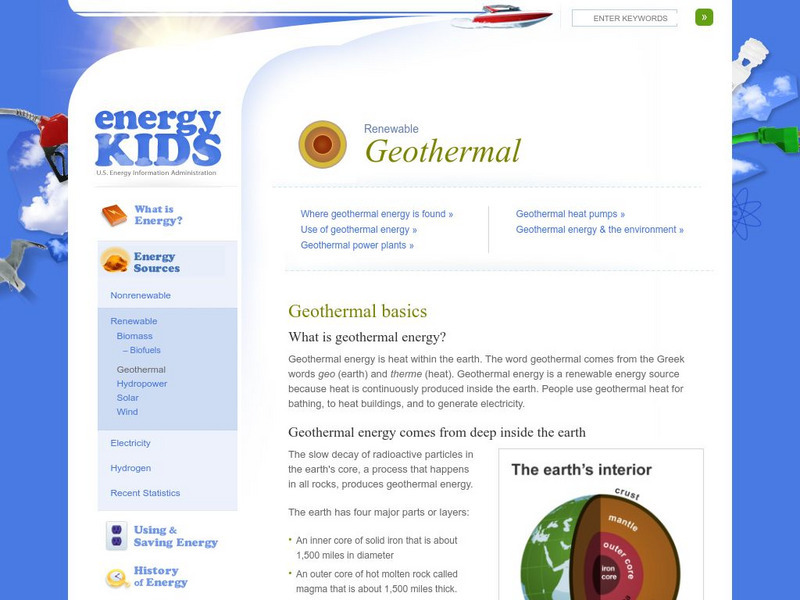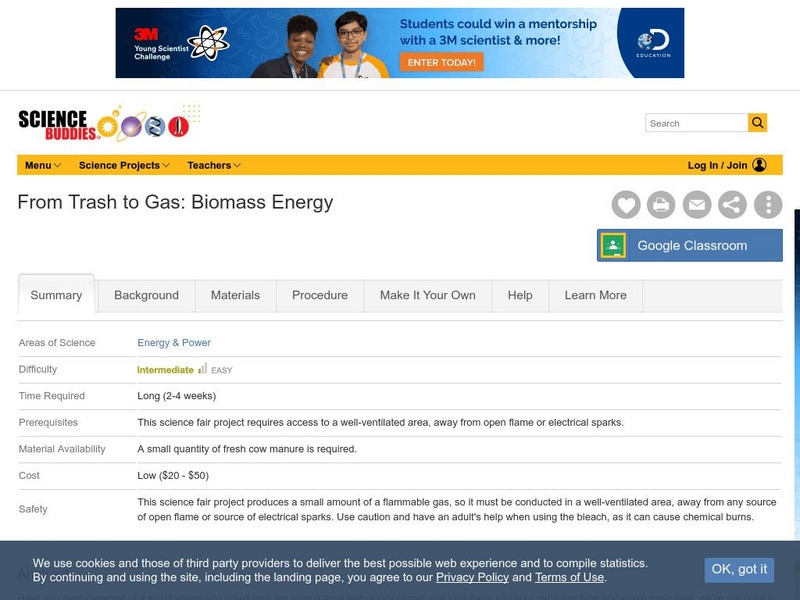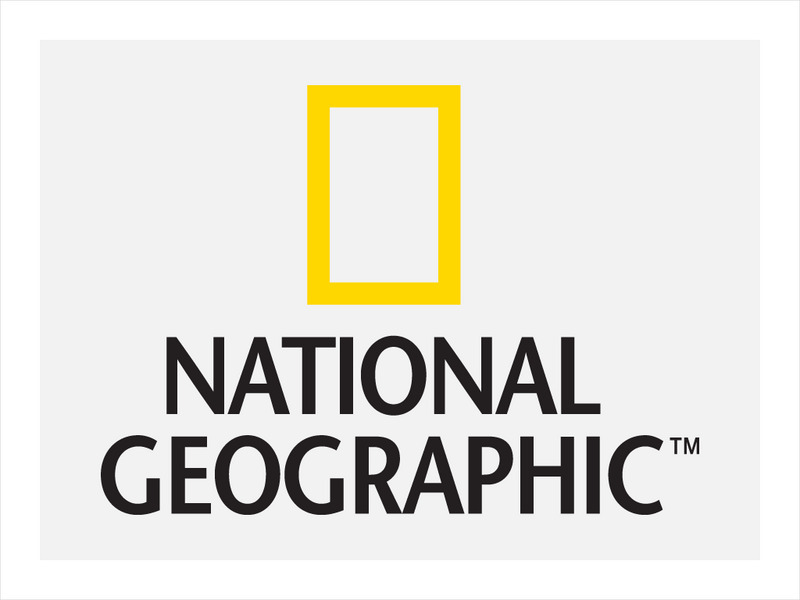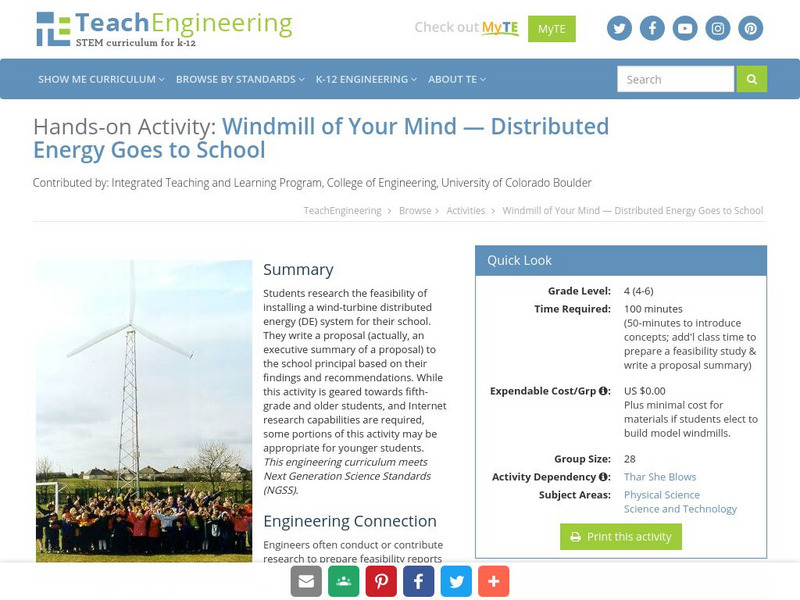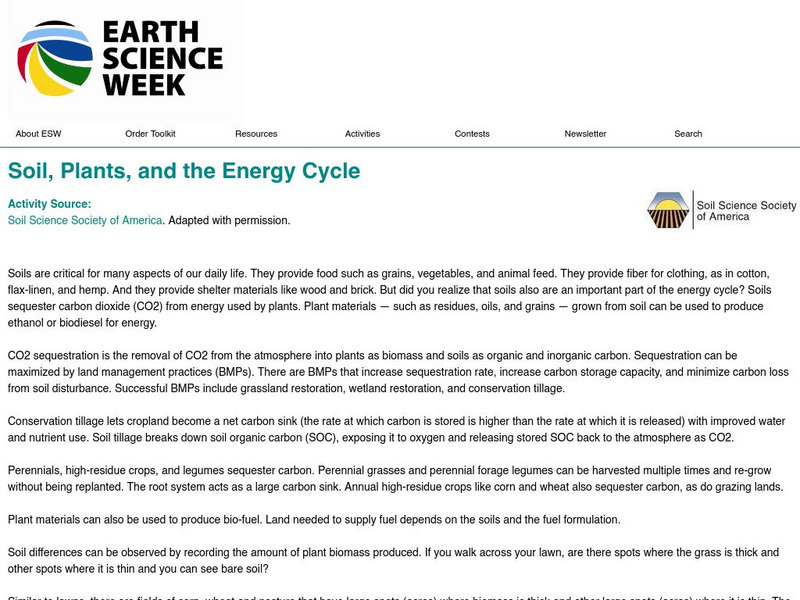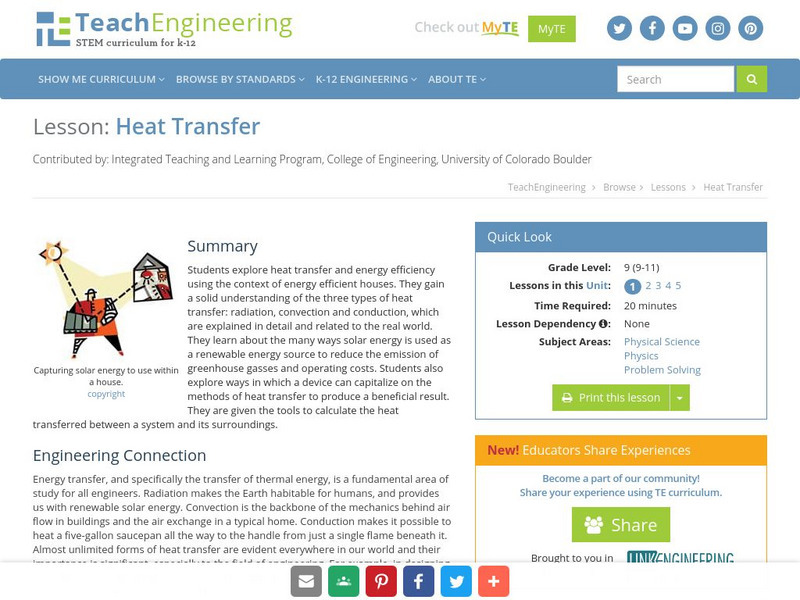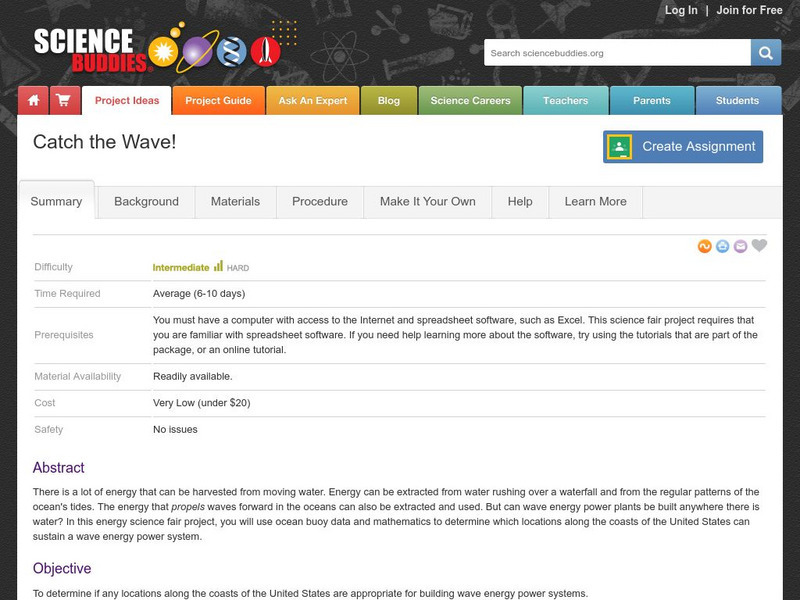US Energy Information Administration
U.s. Eia Energy Kids: Energy Sources: Renewable
Find out what renewable energy is and the role it plays in meeting energy needs. Renewable energy sources include biomass, hydropower, geothermal, wind, and solar.
National Academies of Sciences, Engineering, and Medicine
The National Academies: Our Energy Sources
The many sources of energy production in the United States are described in this overview. Included are traditional sources, renewable sources, and new energy production technologies.
OpenStax
Open Stax: World Energy Use
From a chapter on work and energy in a Physics textbook. This section of the chapter covers the difference between renewable and nonrenewable energy resources, the growth in the world's energy consumption, and the link between energy use...
Georgia Department of Education
Ga Virtual Learning: Environmental Science: Mineral and Energy Resources
Students explore the topics of mineral extraction, renewable and nonrenewable resources, and hazardous wastes in this comprehensive, interactive module.
Other
Energy Resources
Finding alternative energy sources is a challenge facing the leaders of today and tomorrow. Andy Darvill has created an impressive resource, summarizing various renewable and non-renewable energy resources.
University of California
Understanding Science: Cold Fusion: A Case Study for Scientific Behavior
Major issue--the energy sources currently available to the world all have major drawbacks in the long term. Oil is efficient but leads to climate change. Coal is plentiful but polluting. Solar energy is appealing but only as dependable...
eSchool Today
E School Today: Non Renewable Energy
Learn what non-renewable energy is and the different types.
Science Buddies
Science Buddies: Tireless Tides: Extracting Energy From Ocean Tides
Renewable energy is the energy that is extracted from natural sources, such the Sun (solar), earth (geothermal), wind, and water (hydropower). These sources are renewable because they can be replenished by the same natural sources within...
Other
Student Energy: Alternative Energy
Provides the definition of alternative energy and how it differs from the definition of renewable energy. Includes a list of links to some excellent resources.
TeachEngineering
Teach Engineering: Energy Conservation
Students are introduced to the idea that energy use impacts the environment and our wallets. They discuss different types of renewable and nonrenewable energy sources, as well as the impacts of energy consumption. Through a series of...
Ducksters
Ducksters: Environment for Kids: Renewable Energy
Kids learn about renewable energy and how it can help the environment. Teach students about solar, wind, biomass, and geothermal energy.
Other
Solar Schools: The Advantages and Disadvantages of Renewable Energy
One major advantage with the use of renewable energy is that as it is renewable it is therefore sustainable and so will never run out. Renewable energy facilities generally require less maintenance than traditional generators. Their fuel...
US Energy Information Administration
U.s. Eia Energy Kids: Renewable Geothermal Energy Energy From the Earth's Core
Did you know that the earth produces incredible amounts of heat or geothermal energy? This heat can escape in dramatic volcano eruptions, but it can also escape as steam through geysers and other sources. Learn how this heat can be...
US Energy Information Administration
U.s. Eia Energy Kids: Renewable Energy: Wind
Mankind has used the wind as an energy source for thousands of years. Discover other ways the wind is used to make energy.
Other
Florida Dept. Of Education: Conservation of Renewable and Nonrenewable Resources
In this learning module, students learn to differentiate between renewable and nonrenewable resources, and identify resources that fit into each category. It explains the environmental effects of using nonrenewable resources, such as...
Science Buddies
Science Buddies: From Trash to Gas: Biomass Energy
Have you ever dreamed of a world where you could take the scraps from last night's dinner and toss them into your car's fuel tank and make gas? Well, we're not quite in "Back to the Future" yet, but in this energy science fair project,...
Other
Rew: Us Energy Department Funds Low Carbon Jet Fuel Demonstration Plant
An approval from the U.S. Energy Department will financially allow further development and testing of low-carbon fuel.
National Geographic
National Geographic: Energy Solutions: Tapping Into Topography of Lake Turkana
In this lesson, students read and analyze articles about the alkaline water in Lake Turkana in Kenya, and about a wind energy project near Lake Turkana. They then examine the many factors that must be considered when undertaking this...
TeachEngineering
Teach Engineering: Windmill of Your Mind: Distributed Energy Goes to School
Students research the feasibility of installing a wind-turbine distributed energy (DE) system for their school. They write a proposal (actually, the executive summary of a proposal) to the school principal based on their findings and...
American Geosciences Institute
American Geosciences Institute: Earth Science Week: Soil, Plants, and the Energy Cycle
Students explore what kind and how much bio-mass can be produced in an area around your city or town. They figure how many gallons of fuel can be expected from one acre of crop land, and how much carbon can be sequestered in the local area.
Science4Fun
Science4 Fun: Tidal Energy
What is tidal energy? Learn about using tides to generate power, methods of generating electricity, and the advantages and disadvantages of tidal energy.
TeachEngineering
Teach Engineering: Heat Transfer
Students explore heat transfer and energy efficiency using the context of energy efficient houses. They gain a solid understanding of the three types of heat transfer: radiation, convection and conduction, which are explained in detail...
Science Buddies
Science Buddies: Catch the Wave!
In this energy science fair project, the student will use ocean buoy data to determine if any locations along the coasts of the United States are appropriate for building wave energy power systems.


